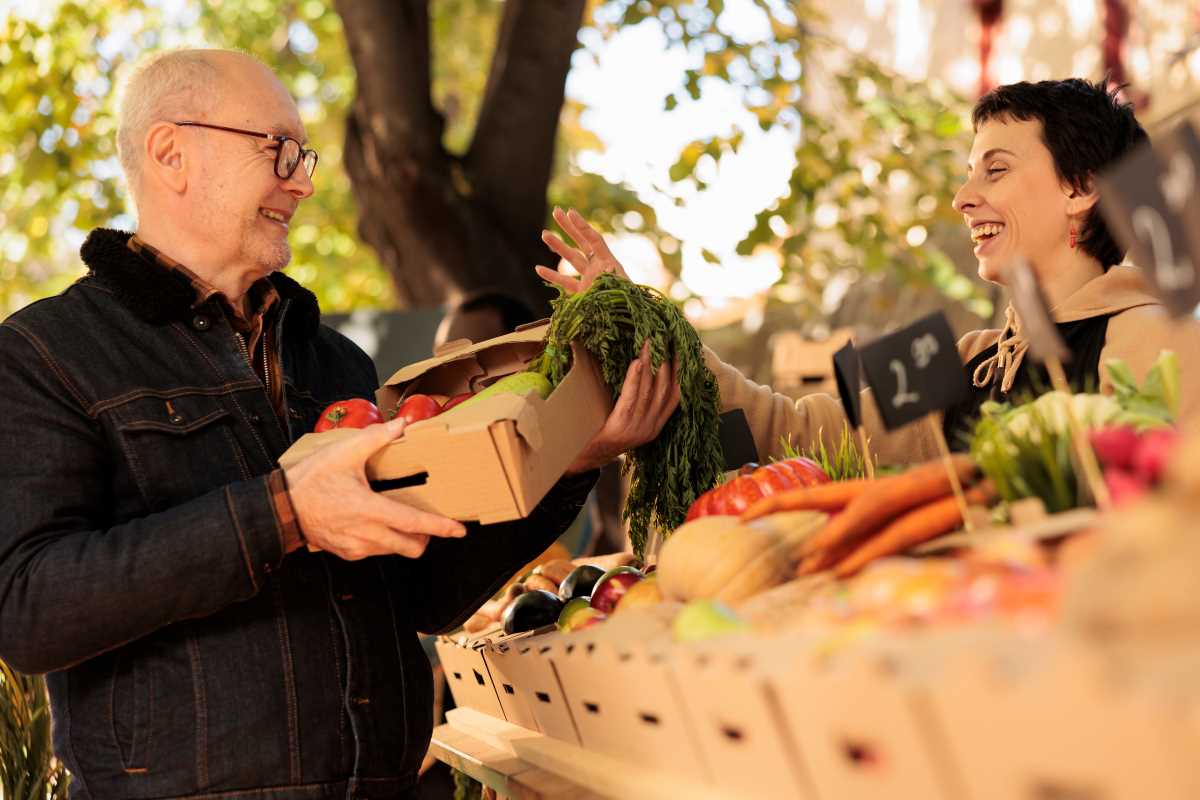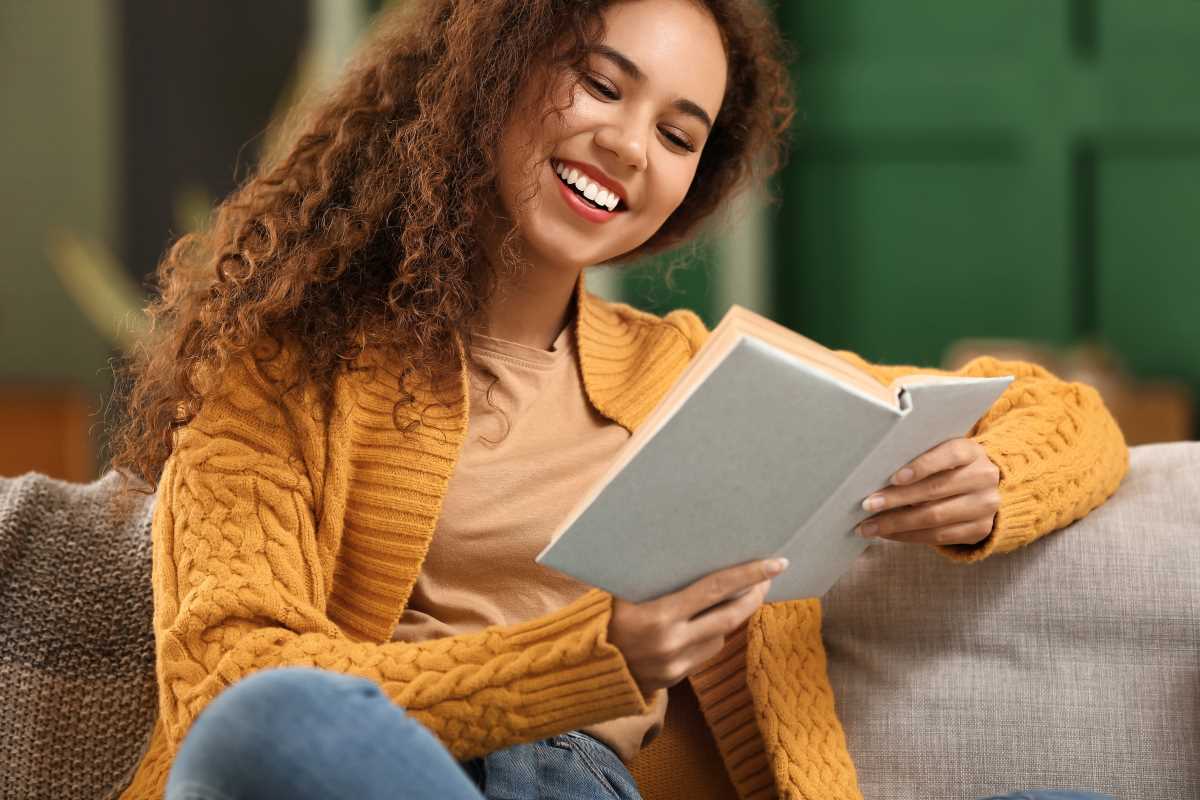People build stronger communities when they combine creativity with shared resources. Local entrepreneurs, volunteers, and organizers bring fresh energy as they offer tools, spaces, and practical advice to others around them. These efforts encourage a sense of teamwork and invite everyone, no matter their background, to help create solutions that highlight the unique qualities of their neighborhood. As community members watch their ideas come to life, they experience a renewed sense of pride, which attracts even more people to get involved. This growing participation helps form meaningful relationships and lays the groundwork for lasting positive change.
Bright ideas meet hands-on support in places designed to spark discovery. By carving out spaces where technical know-how meets human-centered goals, these initiatives strengthen trust across diverse groups. Over time, the ripple effect of small prototypes and trial runs transforms sidewalks, storefronts, and public squares into hubs of experimentation and renewal. A sense of shared ownership emerges, knitting together neighbors through purposeful action.
Community Collaboration Gains Momentum
People everywhere find inspiration in open workrooms, shared studios, and weekend gatherings that invite input from all walks of life. Tucked in repurposed warehouses or cozy storefronts, innovation hubs form when local expertise, digital tools, and face-to-face connection collide. Community members identify a problem, sketch possible fixes on whiteboards, then assemble peers to validate each concept. This cycle of prompt feedback and creative iteration lays the foundation for projects that meet actual needs.
These sites often develop naturally. Farmers share surplus produce with cooks and graphic designers help artisans craft labels for small-batch goods. At weekly meetups, a mechanic trades tips with a coder who builds an app to track volunteer shifts, while a teacher offers free tutoring in return for help designing a neighborhood newsletter. Over time, an interlocking network of support deepens local resilience.
- Organize content with bullet list
- Showcase real-world collaborations in a concise format
- Keep paragraphs focused and reader-friendly
Practical Approaches for Local Impact
- Community Map Analysis
- Purpose: Identify strengths and gaps in neighborhood resources.
- Steps:
- Survey community members about daily routines and unmet needs.
- Plot responses on a shared digital or paper map.
- Host a workshop to assign roles for addressing top priorities.
- Cost/Metric: Free to $200 for printing or basic mapping software.
- Insider Tip: Tape colored stickers directly onto a wall map so participants can move markers as ideas develop.
- Resource Exchange Platform
- Purpose: Enable barter-style sharing of tools, spaces, or skills.
- Steps:
- List available items or skills on a simple spreadsheet or open-source app.
- Match contributors based on needs and schedules.
- Schedule mutual drop-offs or onsite meetups.
- Cost/Metric: Free if using document-sharing tools; up to $50/month for a basic subscription.
- Insider Tip: Encourage members to add a photo and short bio to build trust and speed up matches.
- Skill-Building Workshops
- Purpose: Enhance local knowledge through focused learning sessions.
- Steps:
- Identify high-demand skills such as basic coding or urban gardening.
- Recruit a volunteer instructor or experienced practitioner.
- Book a community center slot for a half-day session.
- Cost/Metric: Typically under $100 for materials; often free if space is donated.
- Insider Tip: Limit attendance to 15 participants for hands-on guidance and lively peer Q&A.
- Pop-up Collaboration Sessions
- Purpose: Generate creative solutions in an informal setting.
- Steps:
- Reserve a public plaza or café corner for a set time.
- Set up tables with specific challenge prompts (e.g., public art, waste reduction).
- Guide small teams through brainstorming, sketching, and feedback rounds.
- Cost/Metric: Usually free or $25–$75 for permits.
- Insider Tip: Offer tea or coffee donations to keep energy high and create a relaxed atmosphere.
- Local Talent Showcases
- Purpose: Highlight neighborhood creativity and build connections.
- Steps:
- Invite artists, crafters, and performers to register online or through a nonprofit.
- Secure a shared venue for a weekend fair or open-mic evening.
- Promote via social media and printed flyers in high-traffic spots.
- Cost/Metric: Vendor table fees of $10–$20 or suggested donation.
- Insider Tip: Partner with a local food truck or pop-up café to boost attendance and create a festive mood.
Growing Through Shared Resources
As communities develop stronger collaboration, they notice a shift from isolated efforts to an interconnected network of mutual support. Shared workshops turn into peer-to-peer mentorship circles where experienced facilitators help newcomers improve prototypes and set achievable goals. Coordinators keep track of participation rates, volunteer hours, and project completions to celebrate small wins and highlight emerging leaders.
Local councils and philanthropic groups often step in to fund essentials—tools, insurance, or digital licenses—once they see momentum building. Sometimes nearby universities or tech companies donate outdated but functional equipment, lowering startup hurdles. By pooling donations of time, space, and expertise, residents transform once-quiet blocks into lively corridors of innovation and cooperation.
- Arrange content with bullet list
- Highlight evolving partnerships and resource flows
- Focus on tangible growth metrics and success stories
Focusing on Future Sustainable Innovation
Sustain momentum with quarterly reviews, updated toolkits, and new training cohorts that address evolving community needs. Leverage emerging tech—like low-cost sensors and community-built apps—to collect and share local data, turning it into actionable insights. By leading together and sharing credit, residents transform from isolated volunteers into a self-sustaining force for lasting change.
 (Image via
(Image via.jpg)





